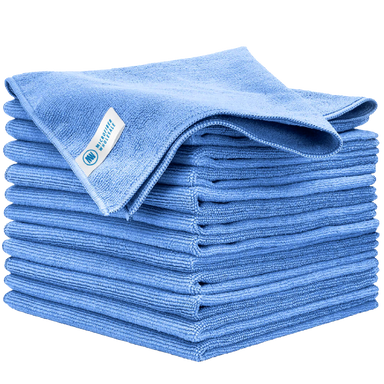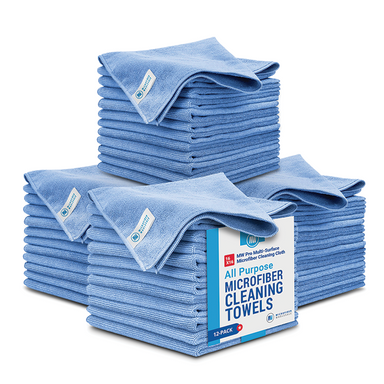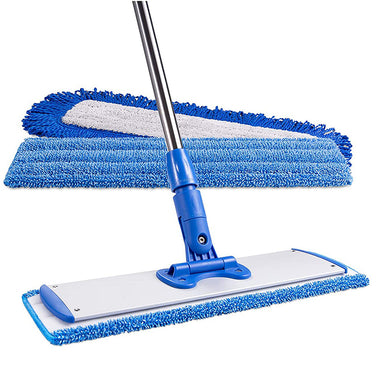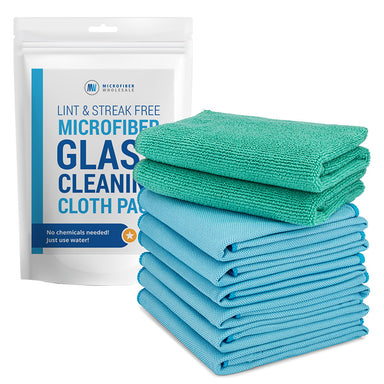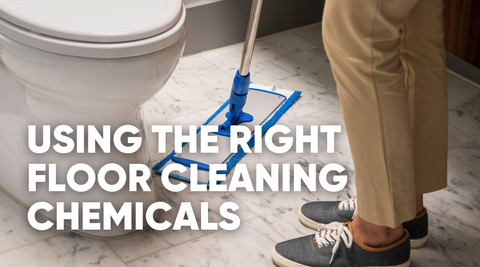Step 3: Apply Cleaner with Controlled Moisture
Lightly apply your cleaning solution using a spray bottle, damp microfiber mop, or low-pressure applicator.
Work in small sections, allowing a short dwell time (1–3 minutes) so the cleaner can emulsify dirt and oils. Then gently agitate with a soft brush or microfiber pad.
Important: Avoid flooding porous surfaces with liquid. Excess moisture soaks into pores, leading to longer drying times and possible microbial growth underneath.
Step 4: Rinse and Extract
After cleaning, rinse the surface with minimal clean water and extract residue using a dry microfiber cloth, wet vac, or absorbent mop.
For fabrics or carpet, blot, don’t rub, to lift rather than spread stains.
In commercial or industrial environments, low-moisture extraction systems or encapsulation cleaners work best for porous flooring, fabric panels, and upholstery.
Step 5: Dry Completely and Seal When Possible
Thorough drying is critical. Use airflow, fans, or dehumidifiers to speed up drying times—especially in high-humidity areas like restrooms, kitchens, or basements.
Once the surface is completely dry, consider applying a sealer or protective coating designed for that material.
Sealing helps fill microscopic pores, making future cleanings faster, easier, and more effective.
Surface-Specific Tips
Wood (Unsealed or Lightly Finished)
-
Use minimal moisture and a neutral cleaner formulated for wood.
-
Wipe dry immediately after cleaning.
-
Refinish or oil regularly to protect fibers from absorbing water or grime.
Stone, Concrete, and Grout
-
Choose pH-neutral cleaners designed for natural stone or masonry.
-
For grout, use a soft brush (not metal) to avoid erosion.
-
After cleaning, apply a penetrating sealer to prevent mold and staining.
Fabric and Upholstery
-
Vacuum first, then spot-treat with fabric-safe cleaners.
-
Use low-moisture extraction or steam cleaning with short dwell times.
-
Test in a hidden area first to avoid water marks.
